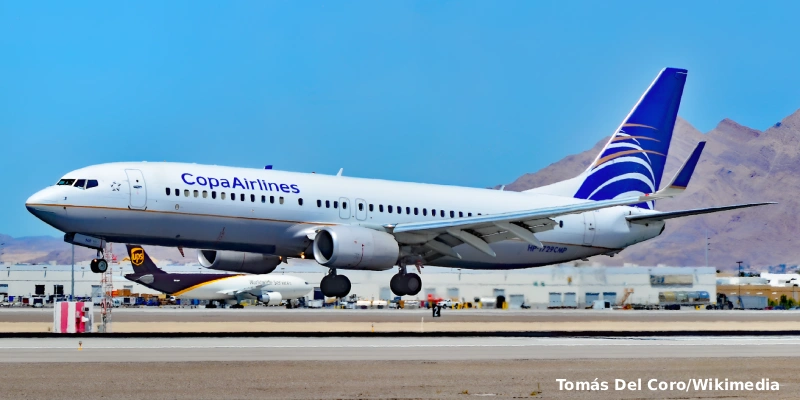Spirit Aviation Holdings Inc., the parent company of Spirit Airlines, has once again filed for Chapter 11 bankruptcy protection in a New York court, less than a year after its first failed restructuring. The company reported that its assets and liabilities are estimated to be between $1 billion and $10 billion and that it is already in negotiations with lessors, secured noteholders, and other key creditors.
A New Blow: Aircraft Lease Contract Cancellations
On August 25, AerCap Holdings, one of its primary aircraft lessors, notified Spirit of a default and announced the termination of dozens of aircraft leases scheduled for delivery in the coming years. Each cancellation would incur a cost exceeding $2 million per aircraft, jeopardizing the fleet renewal plans. The airline, however, has rejected the allegation of default.
Immediate Impact on the Markets
Spirit’s stock plummeted by as much as 55% in after-hours trading before moderating the loss to 46%, settling at $0.65 per share before trading was halted at 4:30 p.m. in New York.
Despite the crisis, the company assured customers in a letter that the bankruptcy filing will not affect its operations, existing tickets, or loyalty programs.
→ Spirit Airlines to Connect Fort Lauderdale with Two New Destinations: Belize and Grand Cayman
Strategic Adjustments and Cost Cutting
The airline announced that, in this second restructuring process, it plans to redesign its route network, reduce its presence in certain markets, and optimize its fleet size. It also confirmed a $2.9 million retention incentive for its Chief Executive Officer, Dave Davis.
The situation reflects the failure of the previous restructuring, which had eliminated approximately $795 million in debt and required bondholders to provide additional capital to strengthen the company. With those resources, Spirit attempted to move away from its ultra-low-cost model by offering more benefits to passengers.
Negotiations with Frontier and Recent Background
This crisis coincides with talks with Frontier Group Holdings Inc., a company that has been pushing for a merger with Spirit for years. Following news of the discussions, Frontier’s stock rose 19%, reaching $5.84 in after-hours trading.
Spirit had only emerged from bankruptcy protection in March, amid a backdrop of falling air travel demand due to inflation fears and trade wars. Just weeks before this new collapse, it warned investors that it might not survive if it failed to secure immediate liquidity. It even exhausted a $275 million revolving line of credit, of which $50 million was allocated to U.S. Bank, which had threatened to suspend credit card payment processing if additional collateral was not provided.
Factors That Weakened Spirit
The airline had initially entered bankruptcy in November 2024 to restructure $1.6 billion in debt, having been hit by competition from major carriers offering economical fares, an engine defect that grounded part of its fleet, and historically high increases in labor costs following new union agreements.
Furthermore, it was the subject of an intense acquisition battle between JetBlue Airways and Frontier in 2022. Spirit ultimately agreed to be acquired by JetBlue in a $3.8 billion deal, but the operation was blocked in January 2024 by a federal judge on antitrust grounds.
Related Topics
LATAM Inaugurates Direct Flight Between Recife and Buenos Aires
LATAM to Cancel Lima-Tucuman Route Starting March 2026: These Are Reasons
Copa Airlines Resumes Flights Between Panama City and Maracaibo Starting December 20
Copa Airlines Extends Suspension of Flights to and from Caracas (Venezuela) Until January

Plataforma Informativa de Aviación Comercial con 13 años de trayectoria.




